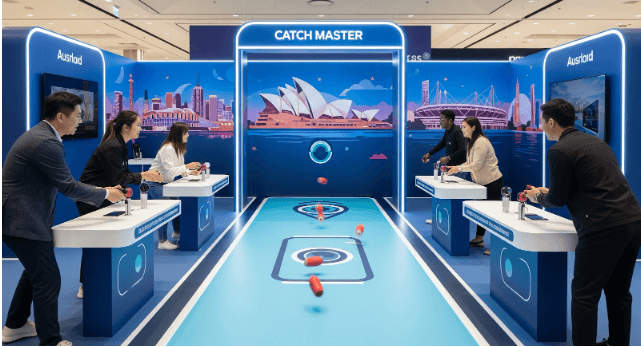VR Training Enhances Employee Decision-Making Skills
Apr 16, 2025
Image sourced from Google
In today’s fast-paced business landscape, making informed and confident decisions is critical. But how can companies equip their employees with the skills needed to make the right calls—under pressure, in real-time? The answer lies in immersive, interactive Virtual Reality (VR) training.
What is VR Training?
Virtual Reality (VR) training simulates real-life scenarios using 3D environments where employees can interact, learn, and react—without the risks or costs of real-world consequences. It’s especially powerful for complex, high-stakes, or safety-critical roles where decision-making plays a key role.
Why Decision-Making Training Matters
Whether it’s a customer service representative handling a tough client, a first responder in a crisis, or a logistics manager solving last-minute issues—decision-making is at the core of performance. Traditional training often lacks the engagement and realism needed to truly test and improve these skills.
How VR Training Improves Decision-Making
1. Realistic Simulations for High-Pressure Scenarios
VR recreates high-pressure, real-world situations that employees can practice navigating. For example, retail staff can handle difficult customers, or healthcare professionals can assess emergency patients—all in a safe, simulated environment.
Employees can make mistakes, learn from them, and repeat until they build the confidence to act decisively in real situations.
2. Immediate Feedback and Analytics
Unlike traditional roleplays or e-learning, VR training provides real-time feedback on decisions made, with analytics that track improvement over time. This helps employees and trainers identify areas for growth.
3. Muscle Memory Through Repetition
VR allows repeated practice without fatigue or logistical challenges. This helps embed decision-making pathways in the brain, creating muscle memory for smart choices under pressure.
4. Scenario Branching
VR experiences can be designed with multiple outcomes, depending on user choices. This helps employees understand the consequences of different decisions and develop better judgment over time.
5. Emotional Engagement Enhances Retention
VR activates emotional and sensory responses that enhance memory retention. An emotionally engaging training session is more likely to stick, especially when it simulates real consequences and outcomes.
Real-World Use Cases
Customer Service: Handling irate clients, upselling techniques, resolving conflicts
Emergency Services: Making split-second decisions in rescue, medical, or fire emergencies
Corporate Leadership: Ethical decision-making, crisis management, strategic planning
Manufacturing & Safety: Responding to equipment malfunctions or workplace hazards







